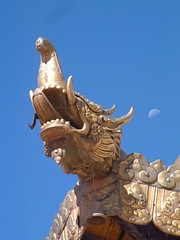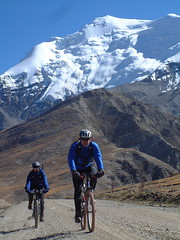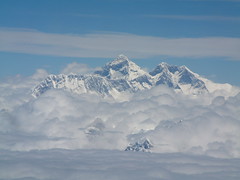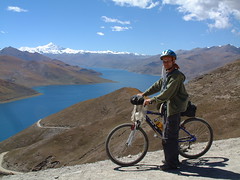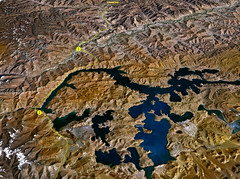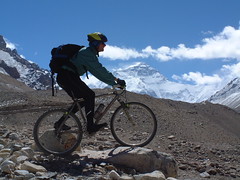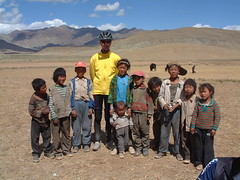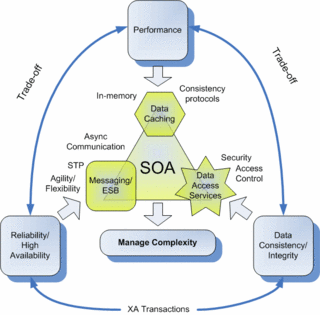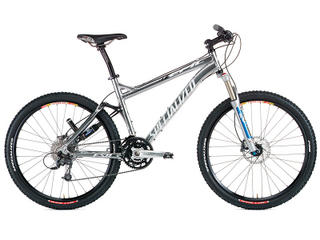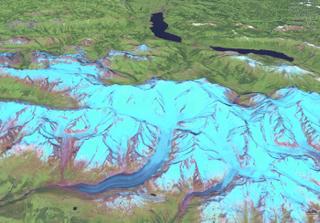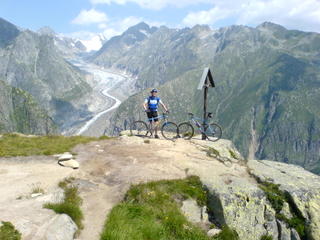Russia 2005
what an amazing country -- how many surprises -- and how many stereotypes that i carried around and had to adjust. Most of all impressed me the extremely friendly people; such a difference to the rude folk you meet at the russian embassies. then the rich cultural heritage and the strong european influence (and cross-weaving). there was so much cross-fertilization: e.g. napoleon - aleksander II, voltaire, josephine (napoleon's wife) - kathrine the great. peter the great studying in holland and
Dostojewski Haus (crime & punishment)
Eremitage: Da vinci?? Madonnas …?
Peter & Paul Fortress: the fortress was the first building in St P. constructed and designed 1703 by Peter the Great. The original timber construction was over the next few years replaced by a stone building. Under the protection of the fortress the town rapidly developed. Never used as a fortress, but served over two centuries as the country’s main political prison: Tsarevitch Alexey, son of Peter I who was against the policies of his father was incarcerated here. And princess Tarakanova who claimed to ascend the throne died a horrible death (see paintings) when the prison was flooded by the
Cathedral of Peter & Paul: The golden angel on top of the spire is said to watch over
Princess Tarakanova:
Claimed to be
Seduced by count Orlov, Kathrine the Great’s lover who secuded her to come with him from
Peter the Great – 2m tall, traveled incognito to many European countries, e.g., studied shipbuilding in Holland; big modernizer of Russia
Cathedral – architect was chopped off his hands
Tsarskoye Selo (literary - "tsar's village") – Pushkin:
Preferred
Lyceum where Pushkin studied
Great damage during WWII – the Nazis dismantled the
Saviour of the Blood Cathedral :
Built on the site where Alexander II was assassinated 1 March 1881. the original part of canal fencing and cobblestones is still visible in the middle of the church. Built 1883-1903.
Archangels in orthodox churches: Gabriel with 8 wings symmetrically attached to a bodyless, cherub-like pink face.
Gipsy taxis: riding at 120km/h through
Smolny Cathedral and monastery: Built by
Like many other churches used as a storehouse during communist times.
Alexander Nevsky Monastery:
-
Kaviar & Vodka & champagne :
Swan
Bridge Opening
St Isaac Cathedral: like St Peter’s in
Plattenbauten: in the 50s/60s super: running warm water, heating, bath rooms
Kunstkammer:
Curiosity collection of peter the great: aborted fetuses, grim!
Nevsky Prospect
Peterhof:
Conceived by peter the great in 1714 he took an active role in the construction and design of the palace (incl. intricate details of the architecture and of the fountains).
100s of remaining
Russian Hydrofoil
Sea canal – like mirror pond in
Monplaisir
Practical jokes: hidden water jets in trees and in the ground.
100s of fountains
Samson fountain with the spewing lion is a monument to the Russian victory over the Swedes in 1709. Its symbols can be easily interpreted as the lion was depicted on the coats of arm of
Lots of reconstruction work necessary after WWII.
Metro:
Gorki Leninskije :
- Lenin Statue und originalappartments from Kremlin ; brought here by Yeltsin
Jaroslavl:
Madame Butterfly (Puccini) in Bolshoi Theatre.
Torquato tasso: tankred & Herminia
Kremlin:
Stalin-gothic skyscrapers (The Seven Sisters): Kotelnecheskaya appartments is one of seven Stalinist-Gothic towers that were built just after WW2. The architects used a "wedding-cake style" construction, to give each building a sense of "upward surge" toward a central tower. Built by POWs, it is said that when prisoners expired while working on site, their bodies were immured!
The towers owe their design to a monumental building that was never built, the






